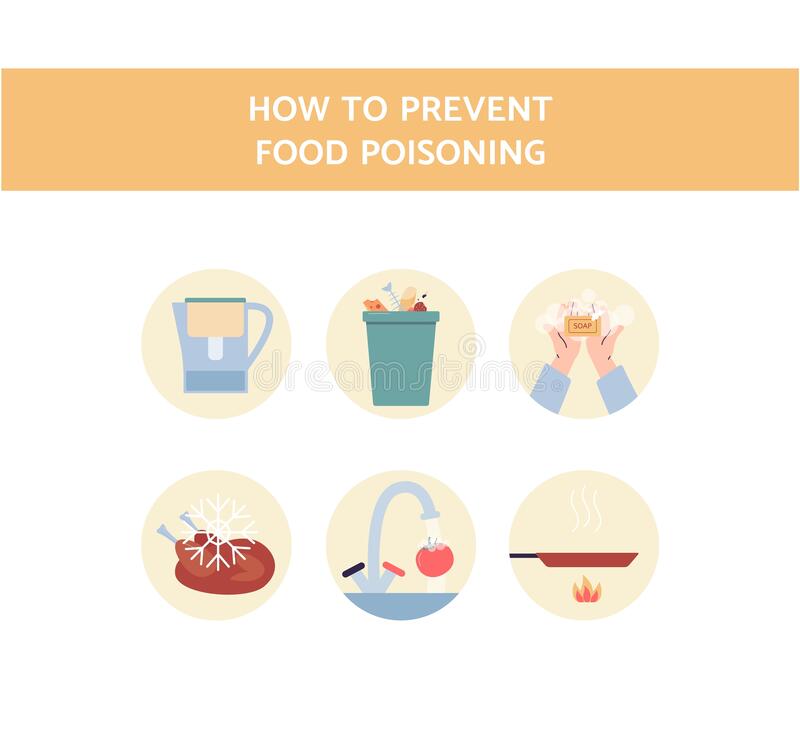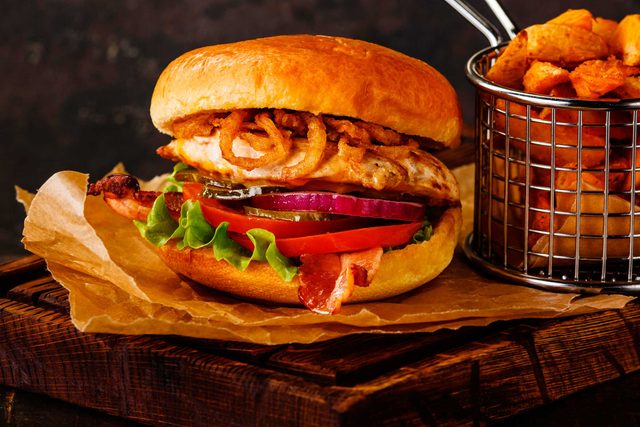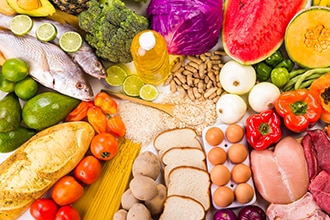
What foods can make arthritis worse? These are the most frequently asked questions. Some of these are inflammatory and others are not. What does this all mean for you? It is important to understand what you are eating. A healthy diet is crucial to keeping inflammation down. Including garlic in your diet is especially helpful. It is known for its anti-inflammatory properties, which can also help to reduce joint pain. Because they lower inflammation and are beneficial for arthritis sufferers, Omega-3 fatty acids can also be helpful.
Some foods and drinks may help you to fight arthritis. Antioxidant polyphenols have been shown in green tea, orange juice, as well as other beverages, to protect the body. Watch your calories and portion sizes. Drinking water can help you stay hydrated and avoid the harmful effects of processed foods and beverages. Some foods can worsen arthritis. So, what should you avoid? These are some options. These ideas can make you feel happier.
Avoid sugar-sweetened sodas. These drinks can be inflammatory and make arthritis worse. Sugar intake should be limited. Studies have shown that sugar intake makes symptoms worse. Inflammation often plays a role in arthritis symptoms. These foods can make your arthritis worse. Avoid red meat as it contains high amounts of sugar and fat.

You should limit your intake simple carbohydrates. Simple sugars can cause inflammation and spike blood sugar. Vegetables like tomatoes, eggplants and other vegetables are essential for a healthy diet. A healthy anti-arthritis diet should include lots of beans and nuts. You can also eat roasted vegetables. They can help to reduce your risk of arthritic knees. Refined sugar should be avoided. It's an inflammatory toxin which can increase your risk of developing arthritis.
Refined grains increase blood glucose and are high-inflammatory. Refined grains can also cause inflammation by increasing the production of AGEs. These can lead to inflammation and pain. Avoid wheat products, dairy, and all other forms of wheat. These foods can exacerbate your arthritis symptoms. These foods are high in omega-6 fatty acid, which can be very harmful for your joints. Refined grains can increase blood glucose levels and lead to arthritis.
Reduce sugar intake and consumption of processed carbohydrates if you have RA. They can trigger inflammation and worsen symptoms of arthritis. While it is beneficial to eat more anti-inflammatory foods, there are exceptions. For instance, milk and eggs are considered healthy for most people. They can have a positive impact on the body. If you are suffering from RA, you can eat a healthy diet that includes nuts and eggs.
Numerous studies have shown red meat can worsen the symptoms of arthritis. Red meat not only causes inflammation in the joints but also raises bad cholesterol levels which makes the condition worse. Red meat has high levels (AGEs) of Advanced Glycation End Products. These molecules are formed when food is cooked or grilled. AGEs can cause inflammation and make arthritis symptoms worse. These foods should be avoided.

Refined grains are a big no-no. They are delicious and can worsen symptoms of arthritis. Therefore, avoid a diet rich in refined grains, processed foods, and dairy. Whole grains are rich in fibre and can help lower blood C-reactive protein. They can also help reduce inflammation and pain. However, it is best to get rid of them all.
Certain foods are better and some are worse. They are good choices, even though some foods have less saturated fat or are higher in fiber. The best option is to eat more whole grains. They're more nutritious and have fewer trans fats than red meat. Even if you do consume red meat, it's better to avoid saturated fats as well as omega-6 fatty acids which are bad for your joints.
FAQ
Do I have to count calories?
You might be asking "What is the best diet?" or "is counting calories necessary?" It depends on many factors such as your current health, personal goals, preferences, and overall lifestyle.
The Best Diet For Me - Which One Is Right For You?
My personal health, goals and preferences as well as my lifestyle determine which diet is best for me. There are many different diets, some good and some not so good. Some diets work well for some people and others do not. What can I do to make the right choice? How do I make a good decision?
These are the questions this article will answer. It starts with a brief introduction of the different types of diets available today. Then we will discuss the pros & cons of each kind of diet. The final step is to determine which one is right for you.
Let's look at some of the main types of diets to get started.
Diet Types
There are three main types, low fat, high protein, or ketogenic diets. Let's talk about them briefly.
Low Fat Diets
A low-fat diet reduces the amount of fats you eat. This is done through reducing the intake of saturated fats (butter, cream cheese, etc.) These fats can be replaced with unsaturated fats like avocados and olive oil. Low fat diets are often recommended to those who wish to lose weight quickly. However, this kind of diet may cause problems such as constipation, heartburn, and indigestion. A person may also experience vitamin deficiencies if they don't get enough vitamins.
High Protein Diets
High protein diets discourage carbohydrates and encourage the use of proteins. These diets are more protein-rich than others. They are meant to help build muscle mass and burn more calories. The downside is that they may not provide adequate nutrition for someone who needs to eat regularly. Also, they tend to be very restrictive, so they aren't suitable for everyone.
Ketogenic Diets
Ketogenic diets are also known as keto diets. They are high on fat but low in carbs and proteins. They are commonly used by athletes and bodybuilders, as they allow them train harder and more frequently without getting tired. To avoid side effects such as fatigue, nausea, headaches, or other unpleasant side effects, you must strictly adhere to their instructions.
Why does weight change as we age?
How do I know if my bodyweight changes?
Weight loss occurs when there is less fat than muscle mass. This means that daily calories should be less than daily energy. The most common cause of weight loss is decreased activity levels. You can also lose weight due to stress, illness, pregnancy, hormonal imbalances and certain medications. Weight gain is when there are more calories than muscle mass. It happens when people eat more calories than they use during a given day. Overeating, increased physical activity and hormonal changes are all common reasons.
We eat less calories than we burn, which is the main reason our bodies lose weight. When we exercise regularly, we increase our metabolism rate which burns off more calories throughout the day. However, this doesn't mean that we'll necessarily get thinner; what matters is whether or not we're losing fat or gaining muscle. If we're burning more calories than we're consuming then we're going to lose weight. If we consume more calories that we burn, we are actually storing them in fat.
As we age we tend to be slower in moving and thus we don't move nearly as much. We also tend eat less than we used to. As a result, we gain weight. However, our muscle mass is more important than we realize and makes us appear larger.
There's no way to tell how much weight you've lost unless you weigh yourself every week. There are many methods to measure your weight. There are many ways to measure your weight. You can check your waist, hips, thighs, arms and legs. Some people prefer using bathroom scales and others prefer tape measure.
To track your progress, weigh yourself once a week. Measure your waistline once per month. You can also take pictures of yourself every few months to see how far you've come.
You can also check your height online to find out how many pounds you have. If you're tall at 5'10", and weigh 180lbs, your weight would be 180.
What should my weight be for my age and height? BMI calculator & chart
Calculating your body mass index (BMI), is the best method to calculate how much weight to lose. A healthy BMI range should be between 18.5 and 24,000. To lose weight, you should aim for a loss of 10 pounds per year. Enter your height in the BMI calculator.
This BMI chart shows you if it is possible to identify if you are either overweight or obese.
What are 5 ways to live a healthy lifestyle?
Living a healthy lifestyle includes eating right, exercising regularly, getting enough sleep, managing stress, and having fun! You should avoid processed foods, sugar, or unhealthy fats. Exercise strengthens your muscles and helps you lose calories. Sleeping enough can improve memory and concentration. Stress management reduces anxiety, depression and other symptoms. Fun keeps us vibrant and young.
How can I control my blood pressure?
The first thing you need to do is find out what causes high blood pressure. Then you need to take steps to reduce this cause. This could include eating less salt, losing weight if necessary, taking medication, etc.
Make sure you're getting enough exercise. If you don’t have enough time to exercise regularly, consider walking more often.
Consider joining a gym if your current exercise regimen is not satisfying you. You will probably join a gym where you can meet other people with similar goals. You will find it easier to keep to a workout schedule if you have someone to watch you at the gym.
Statistics
- The Dietary Guidelines for Americans recommend keeping added sugar intake below 10% of your daily calorie intake, while the World Health Organization recommends slashing added sugars to 5% or less of your daily calories for optimal health (59Trusted (healthline.com)
- WHO recommends consuming less than 5% of total energy intake for additional health benefits. (who.int)
- This article received 11 testimonials and 86% of readers who voted found it helpful, earning it our reader-approved status. (wikihow.com)
- WHO recommends reducing saturated fats to less than 10% of total energy intake; reducing trans-fats to less than 1% of total energy intake; and replacing both saturated fats and trans-fats to unsaturated fats. (who.int)
External Links
How To
What does the term "vitamins" mean?
Vitamins are organic compounds naturally found in food. Vitamins help us absorb nutrients from foods we eat. Vitamins are not made by the body, so they must be obtained through food.
There are two types of vitamins: water soluble and fat soluble. Water-soluble vitamins dissolve easily when they are dissolved in water. These include vitamin C (thiamine), Vitamin B1 (riboflavin), Vitamin B2 (riboflavin), Vitamin B3 (niacin), Vitamin B6 (pyridoxine), Vitamin C, B1 (thiamine), Vitamin B2 (riboflavin), Vitamin B3 (niacin), and Vitamin B6 (pyridoxine). The liver and fatty tissues are home to fat-soluble vitamins. You can find vitamin D, E K, A, beta carotene, and other fat-soluble vitamins.
Vitamins can be classified according to biological activity. There are eight major groups of vitamins:
-
A - essential for normal growth and maintenance of health.
-
C - essential for nerve function and energy generation.
-
D - necessary for healthy bones and teeth.
-
E - Required for good vision & reproduction
-
K - Required for healthy nerves and muscles.
-
P – vital for building strong bones.
-
Q - aids digestion, absorption and absorption iron
-
R is required for the production of red blood cells.
The recommended daily allowance of vitamins (RDA), varies according to age, gender, physical condition, and other factors. The U.S. Food and Drug Administration has established the RDA values.
For adults over 19 years, the RDA is 400 mg per day for vitamin A. However, pregnant women need 600 micrograms per day because it is important for fetal development. Children ages 1-8 require 900 micrograms per day. For infants younger than one year, 700 micrograms are required daily. However, this number drops to 500 micrograms each day for children aged 9-12 months.
Children aged between 1-18 years require 800 micrograms of sugar per day, while overweight children need 1000 micrograms. Children who are underweight receive 1200 micrograms every day to meet their nutritional requirements.
Children between 4 and 8 years old with anemia will need 2200 micrograms daily of vitamin C.
2000 micrograms is the minimum daily intake for adults over 50 years old to maintain good health. Women who are pregnant or breastfeeding need 3000 micrograms per day due to increased nutrient requirements.
1500 micrograms are required daily by adults over 70 because they lose approximately 10% of their muscle each decade.
Women who have been pregnant or are lactating require more than the RDA. Pregnant women need 4000 micrograms per dayduring pregnancy and 2500 micrograms per day after delivery. Breastfeeding mothers need 5000 mg per day when breastmilk is being produced.